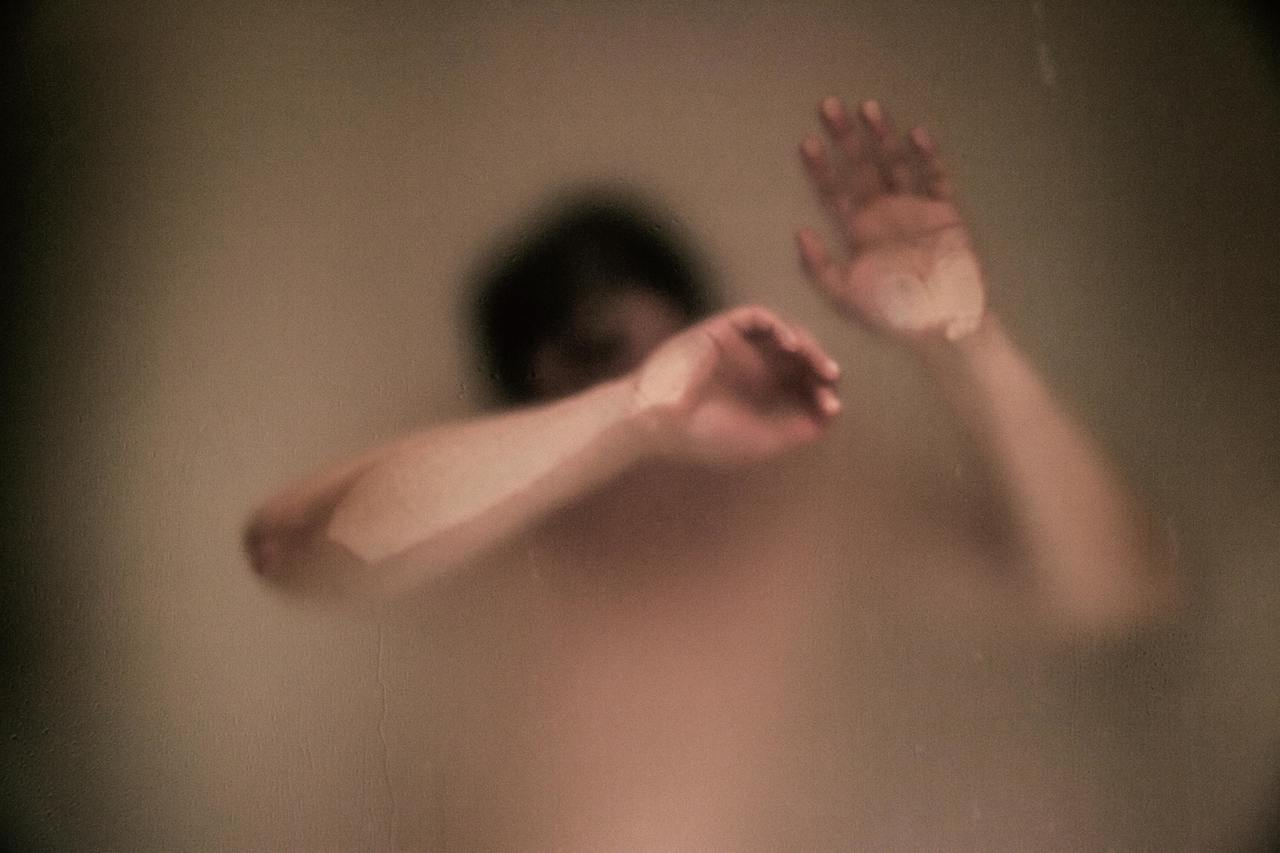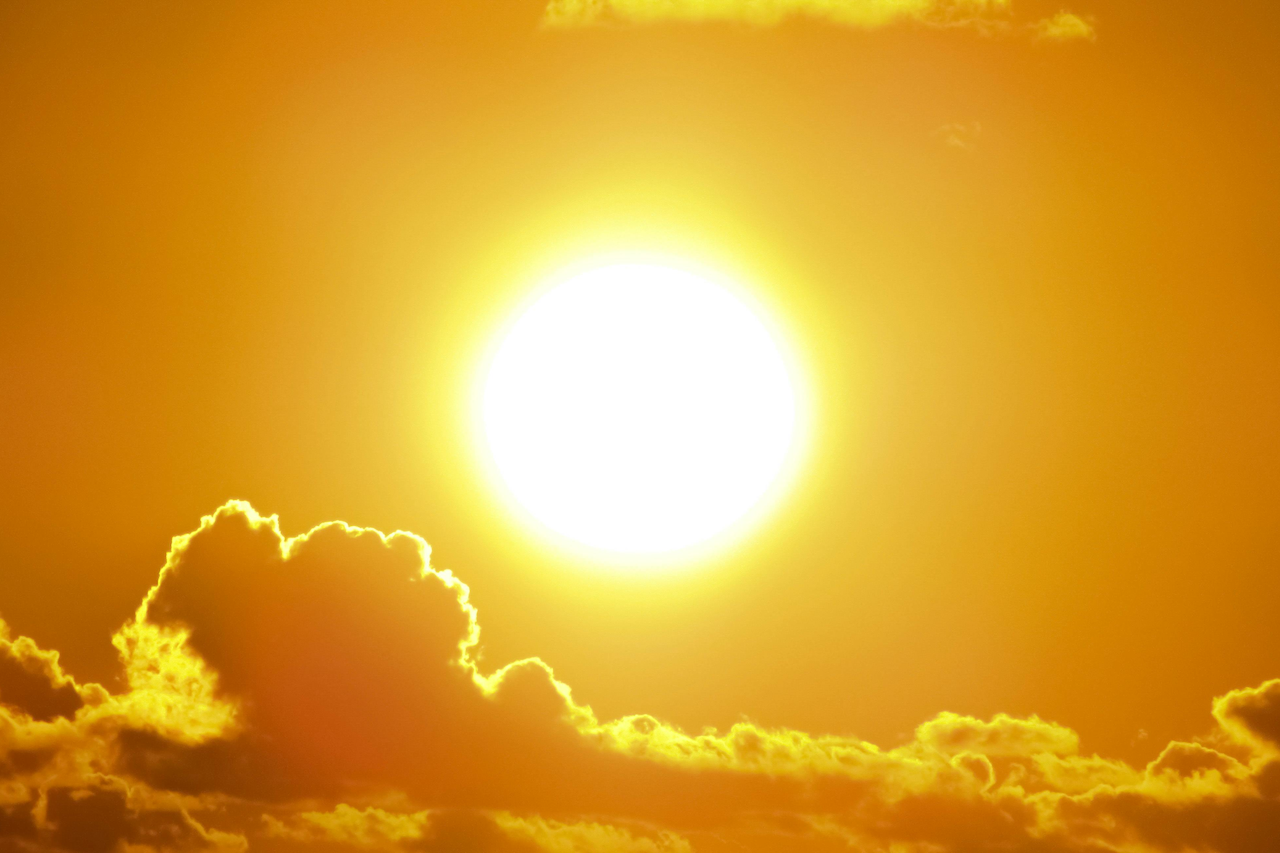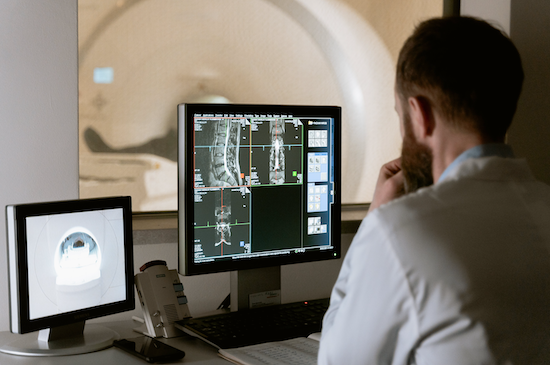- HOME
- Infrared Sauna Insights
- Sauna Traditions
Sauna Traditions: 20 Fascinating Global Rituals & Facts
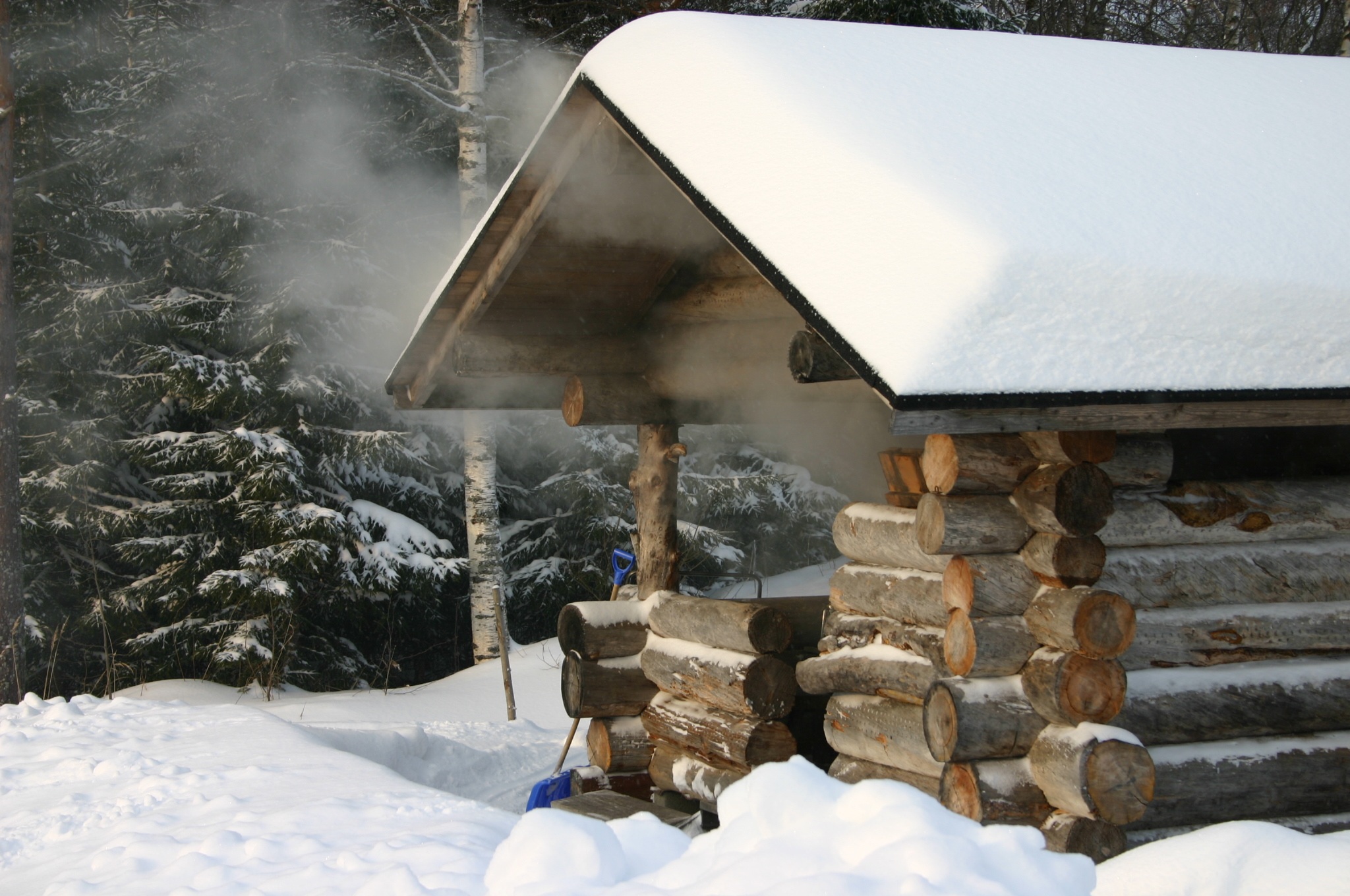
Finnish savusauna
Sauna traditions, from Finnish savusauna rituals to Russian banya therapy, date back 5,000 years. Saunace reviews UNESCO heritage and clinical studies, to show how heat rituals support health, longevity, and community. We’ve piled together 20 fun and evidence-backed global sauna traditions for you to explore.
What’s in a Sauna Name?
The word ‘sauna’ comes from the Finnish ‘savuna,’ meaning ‘in smoke.’ In a traditional Finnish savusauna, which is part of Finnish sauna culture, there is no chimney and the room fills with smoke during heating.
Finnish Sauna Culture & Global Traditions
A 20-year University of Eastern Finland study tracked 2,300 participants [1]. People taking saunas 4–7 times weekly had 63% lower cardiovascular mortality than once-weekly users, highlighting a key health outcome of regular sauna traditions practice.
Finnish sauna traditions, part of UNESCO heritage, include practices like vihta use and smoke saunas. These core sauna traditions form the bedrock of global practices. Neighboring cultures have similar heat rituals: Russian banyas use venik branches, and Japanese onsens rely on mineral springs.
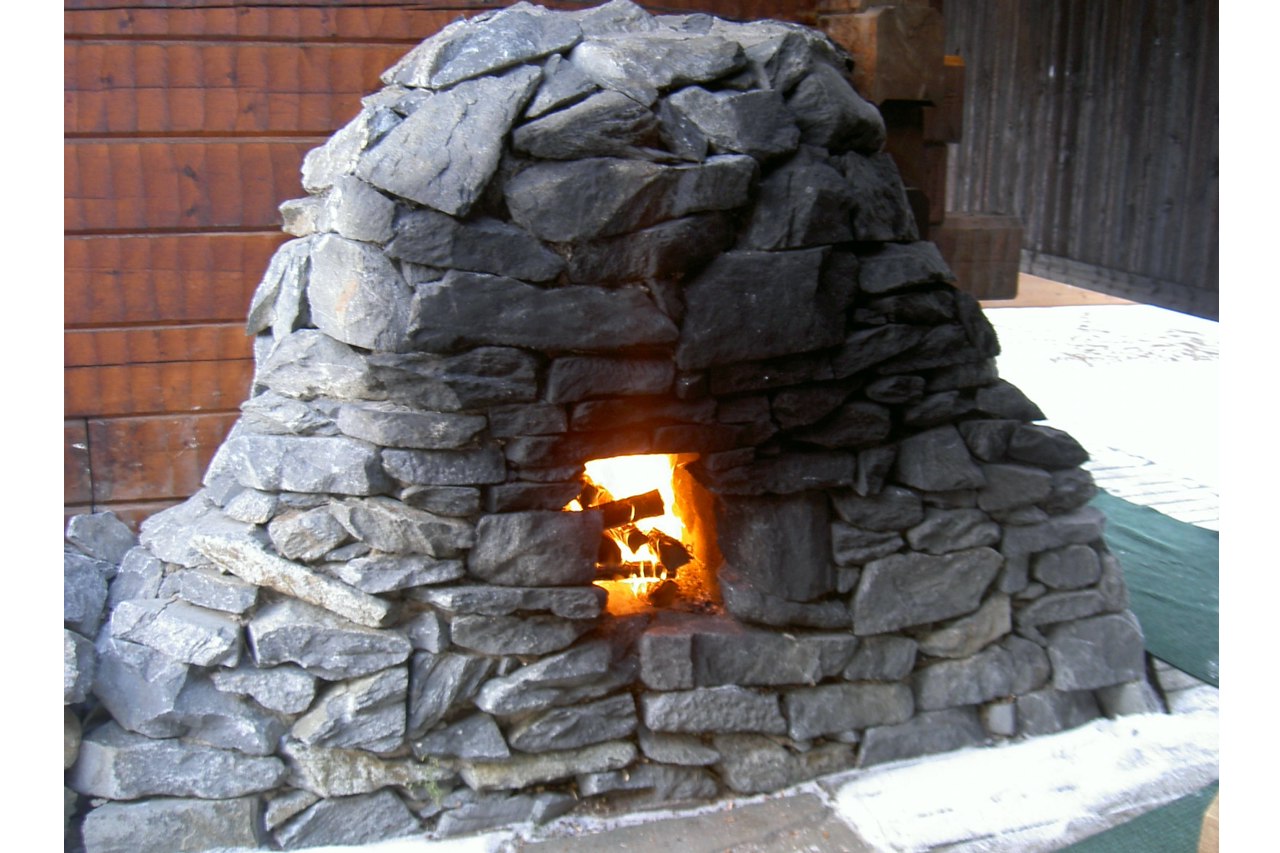
Heater Finnish smoke sauna
Ancient Sauna Baths
🔹 Finnish sauna roots: Modern Finnish sauna culture traces back thousands of years, defining early sauna traditions with smoke saunas (savusauna) and birch branch rituals (vihta) still in use today [2].
🔹 Egyptian steam baths: Egyptians used steam for purification and cosmetic purposes, including Cleopatra’s Dead Sea mud wraps.
🔹 Roman Thermae: Romans built large public baths for hygiene, socializing, and therapeutic purposes, often including hot, cold, and massage areas.
🔹 Greek thermal medicine: Ancient Greeks studied hot springs for skin and muscle health; philosophers like Hippocrates documented hydrotherapy benefits.
🔹 Native American sweat lodges: Sweat lodges were used for cleansing and as sacred community spaces.
🔹 Etruscan baths: Early Etruscans built thermal baths for hygiene and healing near natural springs.
Global heat rituals
🔹 Finnish smoke sauna: A spiritual space as well as a bath, using birch branch bundles (‘vihta’) to improve circulation and scent the air.
🔹 Swedish bastu: Often paired with a cold lake dip or snow roll; a mix of hot-cold contrast and social relaxation, traditionally followed by a ‘bastu snack’.
🔹 Russian banya: Social hub where venik branches stimulate the skin and mind, connecting friends and family.
🔹 Japanese onsen: Volcanic hot springs for purification and relaxation. Lower humidity causes smaller heart rate increases (+15 bpm) than higher-humidity Finnish saunas (+30 bpm), showing how heat and moisture affect cardiovascular response, according to a recent study [3].
🔹 Korean jjimjilbang: Multi-room sauna complexes that combine heat, relaxation, and social time.
🔹 Turkish hammam: Communal cleansing with steam, massage, and water rituals.
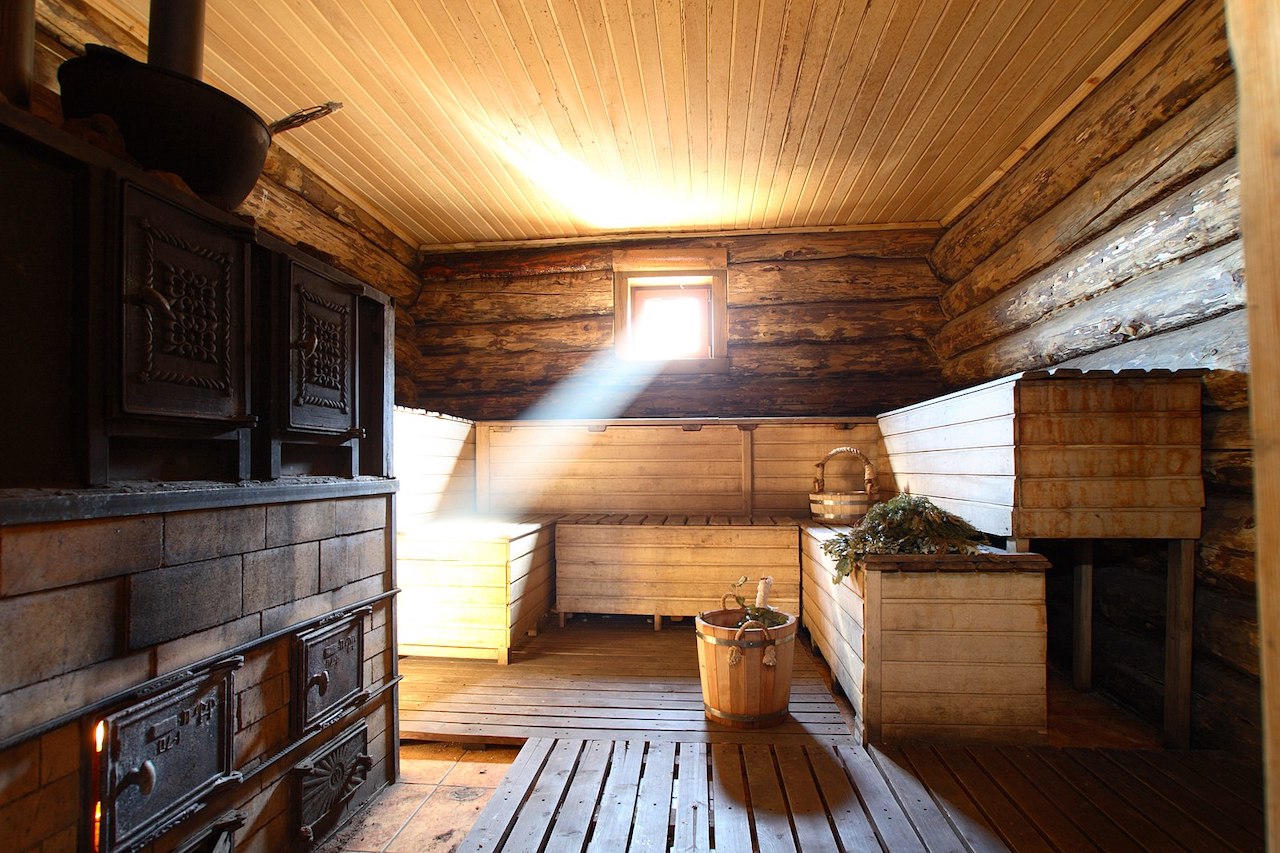
Russian banya
Sauna World Championships: a risky event
Don’t try this at home.
At the turn of the 21st century, the World Sauna Championships became a daring spectacle of endurance, held annually from 1999 to 2010 in Heinola, Finland [4]. Participants came from more than 20 countries.
They faced extreme conditions. Saunas started at 110°C (230°F), and every 30 seconds, half a liter of water was poured onto the stove to increase the heat. The last person to leave the sauna without assistance won.
The Finnish Sauna Association opposed the event from the start, warning of serious health risks. Their concerns were confirmed in 2010, when a finalist died, leading to the championship’s cancellation.
Core body temperatures above 40°C can cause protein denaturation and organ failure. Exposures above 110°C carry extreme cardiovascular stress and other health hazards [1]. Even at lower temperatures around 80–90°C, sessions should generally be limited to 15–20 minutes, with breaks and hydration. Long exposures increase risk. Short sessions are safer.
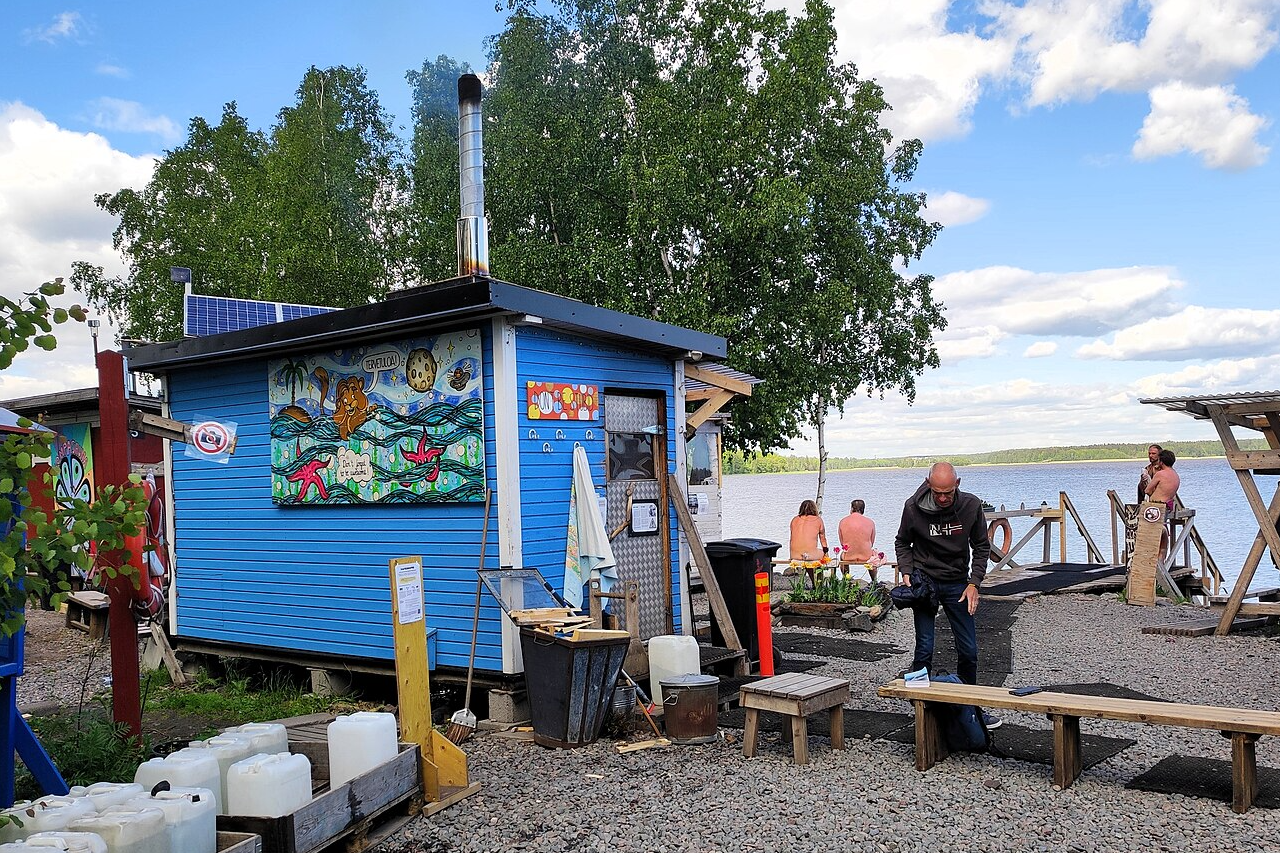
Sompasauna - Helsinki
Amazing Sauna Spots
These are one-of-a-kind saunas:
Sky sauna
Take your sauna experience up to 40 meters on this Ferris wheel in Helsinki, Finland, where you can enjoy panoramic views of the city and the sea while you sweat.
Sompasauna
An underground gem in Helsinki, Sompasauna is run by volunteers. Located on the Baltic Sea, it combines a rustic sauna session with a refreshing sea dip.
Therme Vals
Nestled in the Swiss Alps, Therme Vals features mineral-rich thermal baths from the St. Peter spring at 30°C, creating a calm, soothing experience.
Blue Lagoon
Iceland’s famous geothermal spa is surrounded by volcanic scenery. Its milky blue waters are rich in silica, minerals, and algae, providing a unique bathing experience.
Hakone Kowakien Yunessun
In Hakone, Japan, you can bathe in real coffee or wine at Yunessun. This playful twist on the onsen combines traditional hot-spring benefits with themed, drink-based baths.
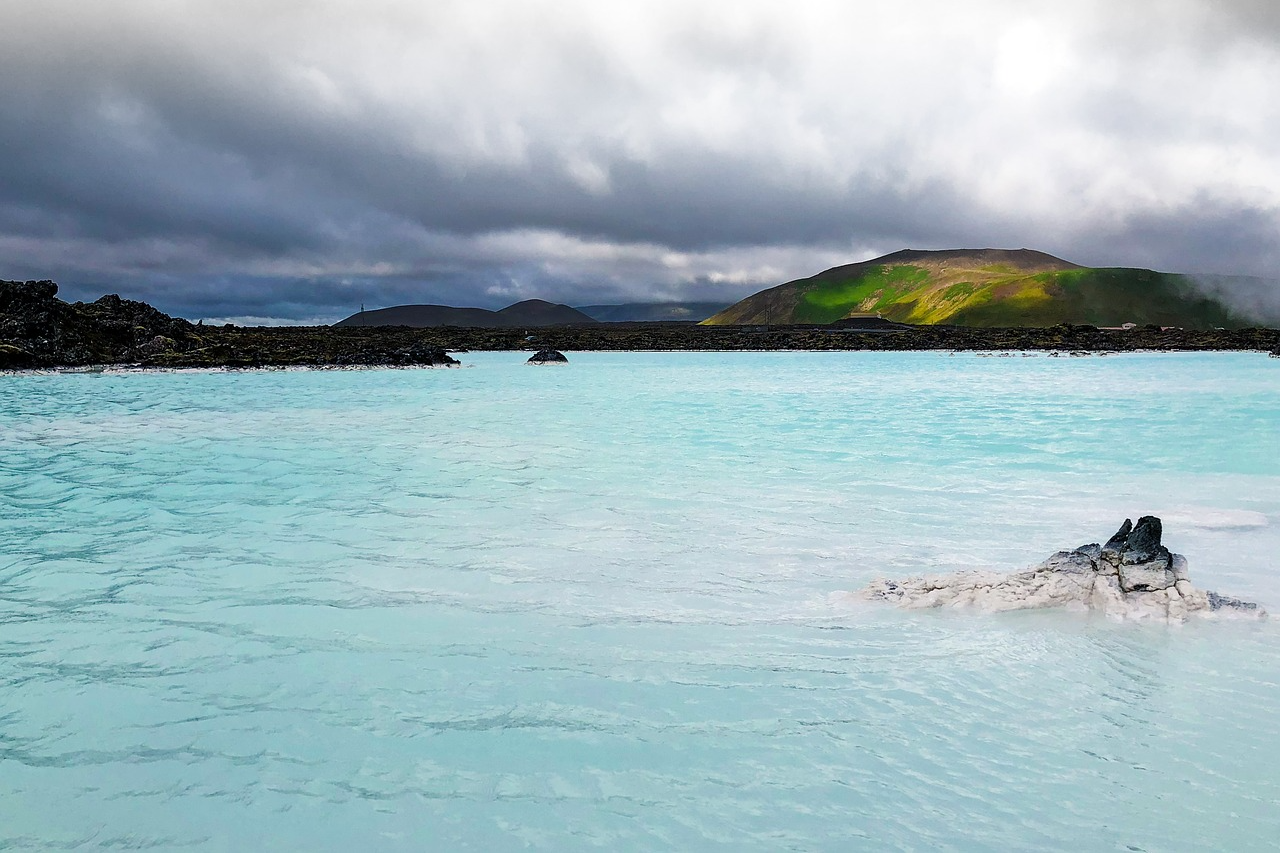
Blue Lagoon - Iceland
Sauna World Records
Sauna world records show how creative people can be. A search for “sauna” in Guinness World Records returns 5,259 results [5]. Here are some notable highlights:
Most saunas per capita
Finland has more than three million saunas (2013), roughly one for every 1.59 inhabitants.
Most nationalities in a sauna
Haaga-Helia University in Helsinki gathered 99 nationalities in the largest wood-fired military naval sauna in Finland.
Largest sauna
Vapaateekkarit, a Finnish student group, built a 310 m² sauna at Aalto University in just five days. The massive wood stove, or kiuas, weighs around four tonnes [6]. This project, completed by volunteers, reflects a unique aspect of Finnish culture where social comfort thrives in the heat of a sauna
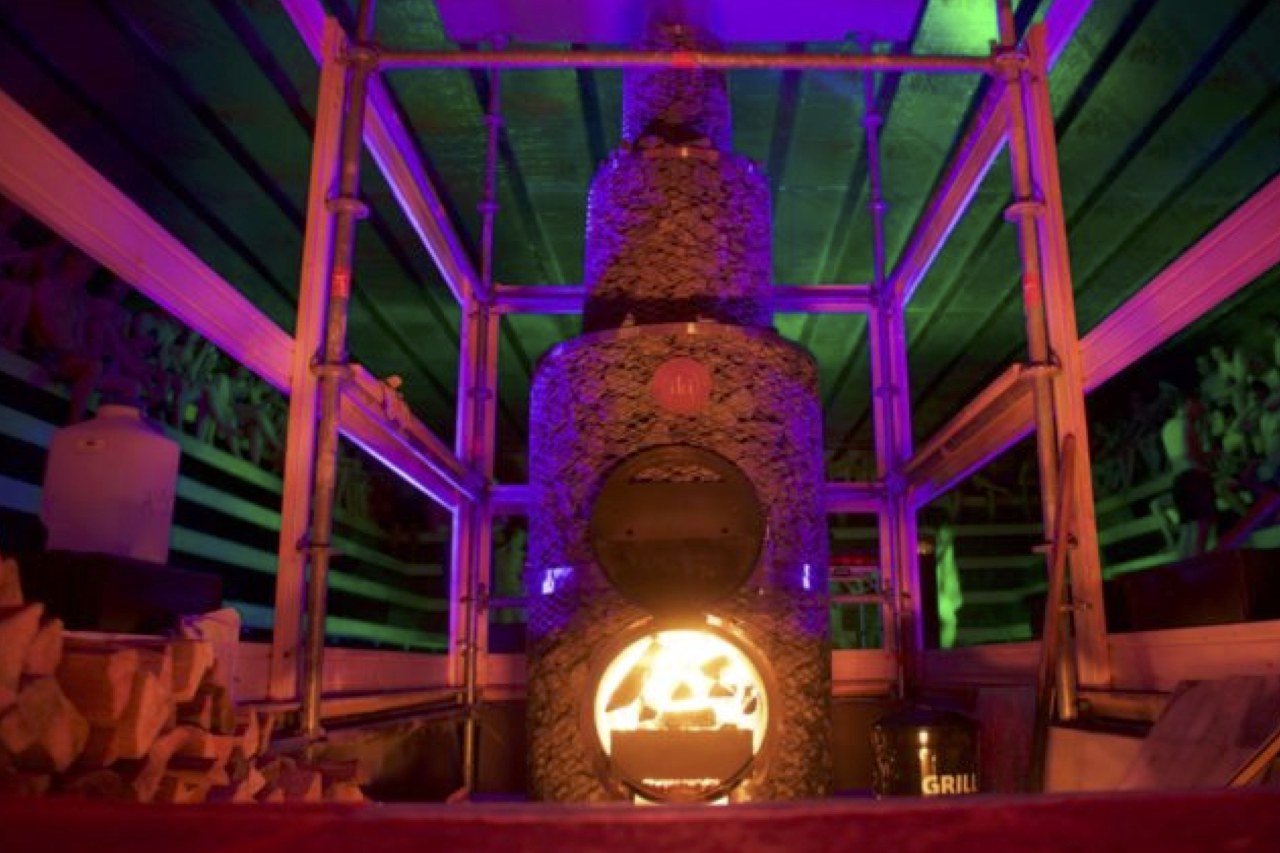
Sauna Festivals and Events
Sauna festivals and events around the world turn sauna bathing into a community experience. Research shows that sauna bathers report better overall health, including less hypertension, reduced pain, improved sleep, higher energy, and greater happiness [7]. Benefits appear even with sauna use 1–4 times per month, suggesting that more frequent use is not required for positive effects.
Sauna Aufguss
The European ritual Aufguss, meaning “infusion,” is a popular sauna performance. A sauna master pours water mixed with essential oils onto hot stones and circulates the air with a towel or hand, intensifying the heat and aroma.
Sauna Opera
Finland’s Savonlinna Opera Festival takes place each July in the 15th-century Olavinlinna Fortress. Visitors can combine opera with Finnish sauna traditions and lake cruising, creating a unique cultural experience.
Sauna festival
Kalajärven Saunafestarit, Finland’s largest free sauna festival, features mobile saunas, high-tech setups, food, drinks, and entertainment, creating a lively celebration of sauna culture.
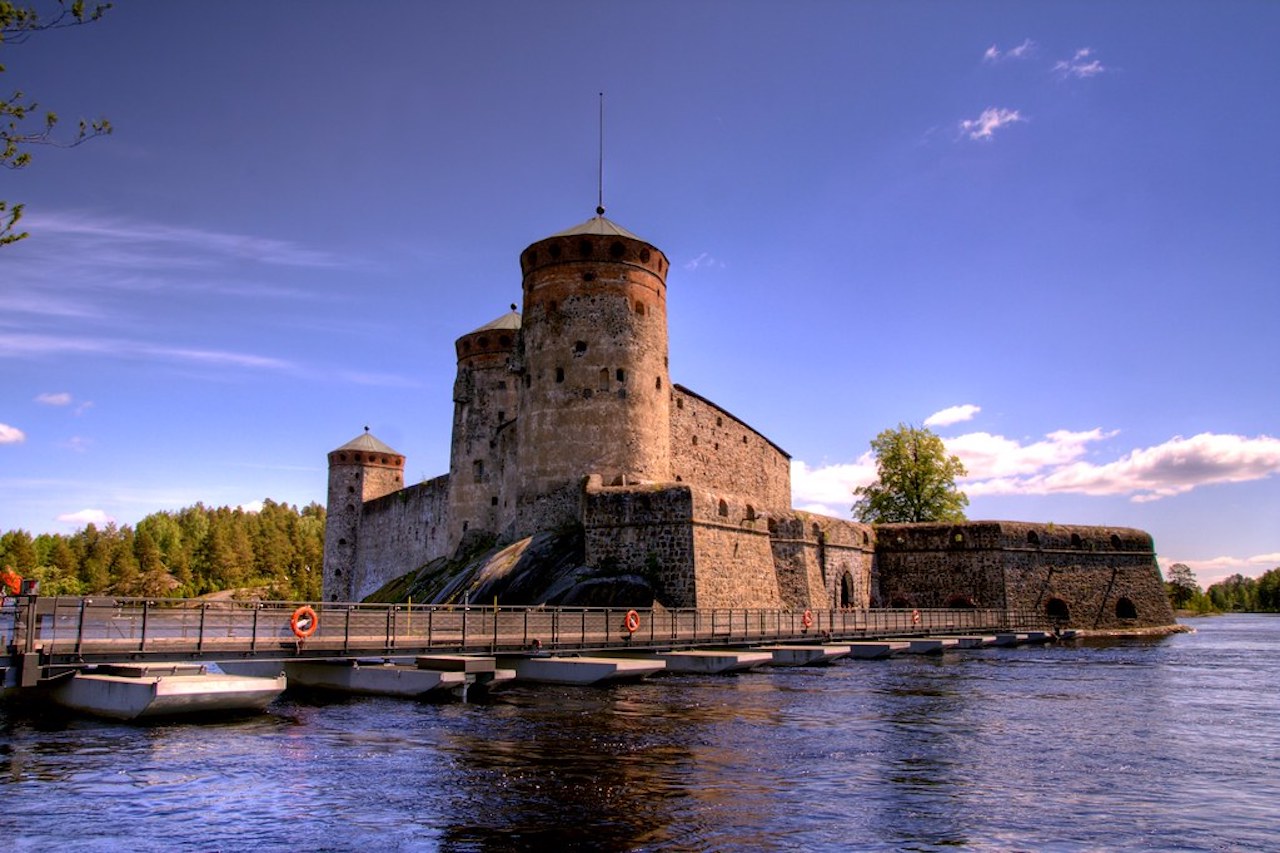
Olavinlinna Fortress - Finland
Cold Dive Tradition from Nordic Ritual to Metabolic Boost
For centuries, Nordic sauna traditions have paired sauna heat with cold plunges, a ritual central to daily life in Finland. Recognized by UNESCO, this practice combines social and spiritual traditions with health benefits.
Journalist Erika Benke, who covers Finnish culture, describes stepping from an 85°C (185°F) sauna into a 1°C (34°F) river as feeling like “a million needles,” quickly transforming into an “icy hug” that leaves her energized and calm [8]. This hot-to-cold routine was long believed to strengthen the body and build mental resilience.
The science of shock and repair
Moving from sauna heat to cold water triggers several physiological responses:
🔹 Vasodilation to vasoconstriction: Sauna heat expands blood vessels, lowering blood pressure. Cold water constricts them, pushing blood to your core. Rewarming sends oxygen-rich blood back to your extremities. This “vascular pump” moves blood through the vessels more effectively [9].
🔹 Endothelial boost: A 2024 PMC study found that alternating heat and cold cycles improved endothelial function by 40% compared with heat alone, increasing blood vessel flexibility and lowering arterial stiffness [10].
🔹 Metabolic ignition: Cold exposure activates brown fat, a calorie-burning “furnace” that uses certain amino acids, the building blocks of protein, to generate heat [11]. Combined with sauna-induced heat shock proteins, which repair cellular damage, this synergy amplifies calorie burn and insulin sensitivity.
Why the order matters
Finishing your routine with cold, known as the Søeberg Principle [12], triggers shivering. This isn’t just discomfort; it’s your body burning brown fat to self-heat. Research shows this post-cold thermogenesis can elevate metabolism for hours.
For more insights and research on cold and sauna practices, see our comparison: Cryo vs. Infrared Sauna: Which Is Better?
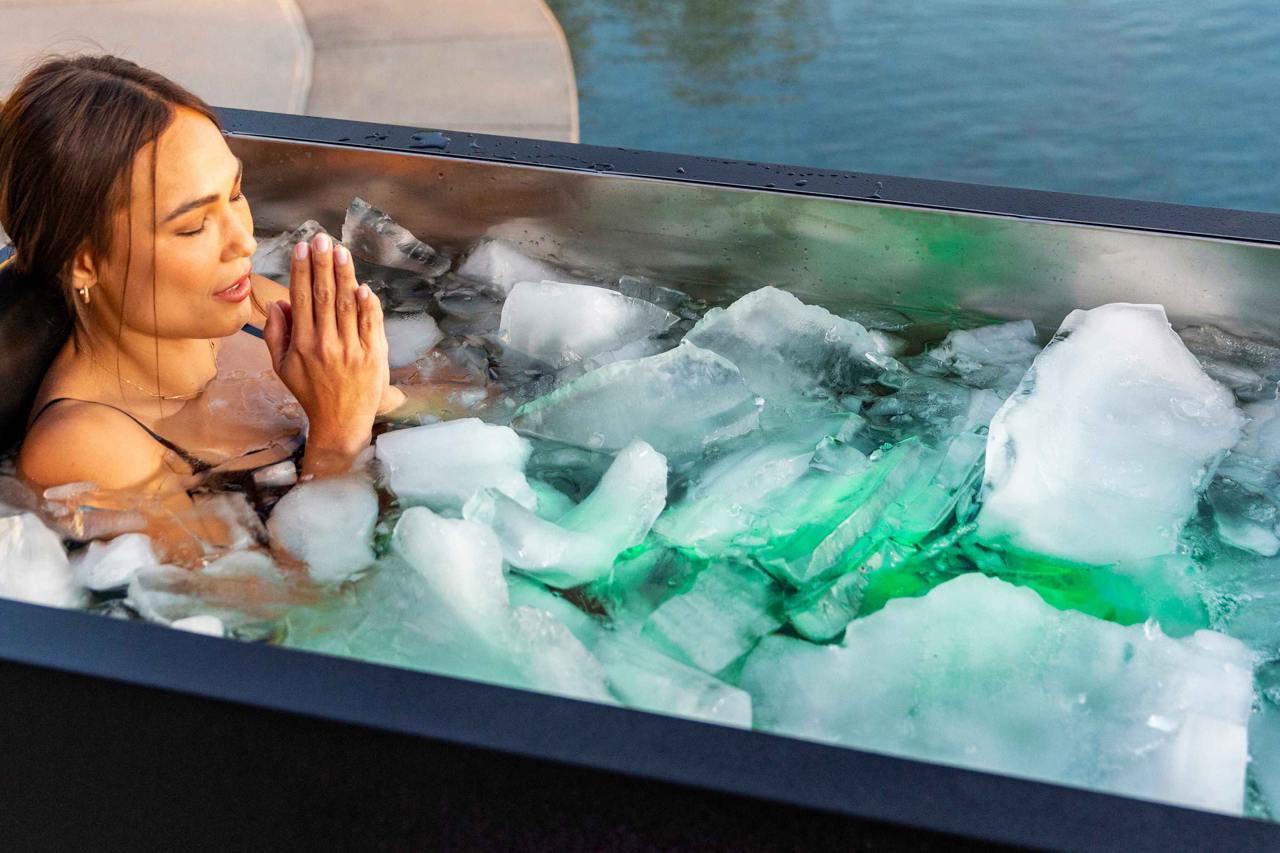
Sauna movies
From steamy scenes to tense dramas, saunas have appeared in cinema as a backdrop for relaxation, intrigue, and even comedy. A few notable films include:
Smoke sauna sisterhood (2023)
Set around an Estonian smoke sauna, this documentary follows a group of women sharing personal stories in the steam and heat. The film won awards at Sundance and the European Film Awards for Best Documentary.
247°F (2011)
In this thriller, a weekend at a lakeside cabin turns deadly when three friends get trapped in a sauna, with the temperature climbing to 247°F (≈ 120°C).
Sauna (2008)
Also known as Filth or Evil Rising, this Finnish horror film is set after the Russian-Swedish war and uses a sauna as a place promising cleansing from sins.
Eastern Promises (2007)
The infamous bathhouse scene shows Nikolai (Viggo Mortensen) ambushed while naked and unarmed, sparking debate over its raw physicality and violence.
Lost in Translation (2003)
A brief sauna scene shows Bob Harris seeking peace, only to be interrupted by two German speakers, subtly highlighting themes of alienation and disrupted connection.

Did you like this post? If you’re curious about sauna blankets, PEMF mats, and wellness tech, visit saunace.com for tips, reviews, and guides to help you upgrade your recovery at home.
Saunace.com publishes reviews and usage guides for infrared and PEMF devices to help readers compare options and use them safely; see the About page to learn how we research and evaluate products.

Diane Sargent
Published: August 2025
Curious to sample more infrared sauna insights? Dive into the topics in the links below
References
1. Laukkanen T, Khan H, Zaccardi F, Laukkanen JA. Association between sauna bathing and fatal cardiovascular and all-cause mortality events. JAMA Intern Med. 2015 Apr;175(4):542-8. https://pubmed.ncbi.nlm.nih.gov/25705824/
2. Gianfaldoni S et al., History of the Baths and Thermal Medicine. Open Access Maced J Med Sci., https://www.ncbi.nlm.nih.gov/pmc/articles/PMC5535692/
3. Henderson KN, Killen LG, O'Neal EK, Waldman HS. The Cardiometabolic Health Benefits of Sauna Exposure in Individuals with High-Stress Occupations. A Mechanistic Review. Int J Environ Res Public Health. 2021 Jan 27;18(3):1105. https://pmc.ncbi.nlm.nih.gov/articles/PMC7908414/
4. Wikipedia contributors. (2025, August 13). World Sauna Championships. Wikipedia. https://en.wikipedia.org/wiki/World_Sauna_Championships
5. Guinness World Records, https://www.guinnessworldrecords.com/
6. James O’Sullivan, April 2016, This is Finland. The heat is on. https://finland.fi/life-society/the-heat-is/
7. Engström Å, Hägglund H, Lee E, Wennberg M, Söderberg S, Andersson M. Sauna bathing in northern Sweden: results from the MONICA study 2022. Int J Circumpolar Health. 2024 Dec;83(1):2419698. https://pubmed.ncbi.nlm.nih.gov/39446139/
8. Benke, E. (2025, May 20). Are saunas and cold plunges good for your health? BBC Future. https://www.bbc.com/future/article/20250520-are-saunas-and-cold-plunges-good-for-your-health
9. Jagim, A. (2024, January 30). Can taking a cold plunge after your workout be beneficial? Mayo Clinic Health System. https://www.mayoclinichealthsystem.org/hometown-health/speaking-of-health/cold-plunge-after-workouts
10. Kunutsor SK, Lehoczki A, Laukkanen JA. The untapped potential of cold water therapy as part of a lifestyle intervention for promoting healthy aging. Geroscience. 2025 Feb;47(1):387-407. https://pmc.ncbi.nlm.nih.gov/articles/PMC11872954/
11. Yoneshiro T, et al.. BCAA catabolism in brown fat controls energy homeostasis through SLC25A44. Nature. 2019 Aug;572(7771):614-619. https://pubmed.ncbi.nlm.nih.gov/31435015/
12. Huberman, A. D. (Host). (2023, May 15). Dr. Susanna Søberg: How to use cold & heat exposure to improve your health [Audio podcast episode]. In Huberman Lab Podcast. Huberman Lab. https://www.researchhub.com/post/960/dr-susanna-sberg-how-to-use-cold-heat-exposure-to-improve-your-health-huberman-lab-podcast
